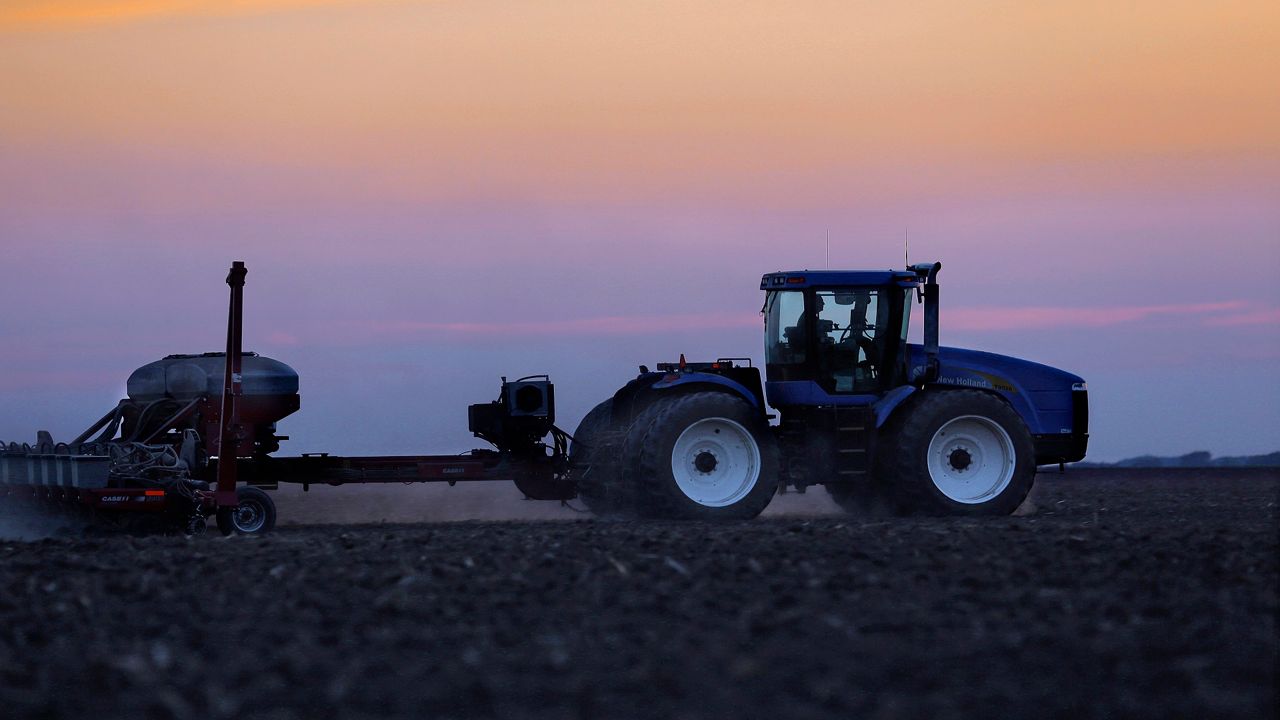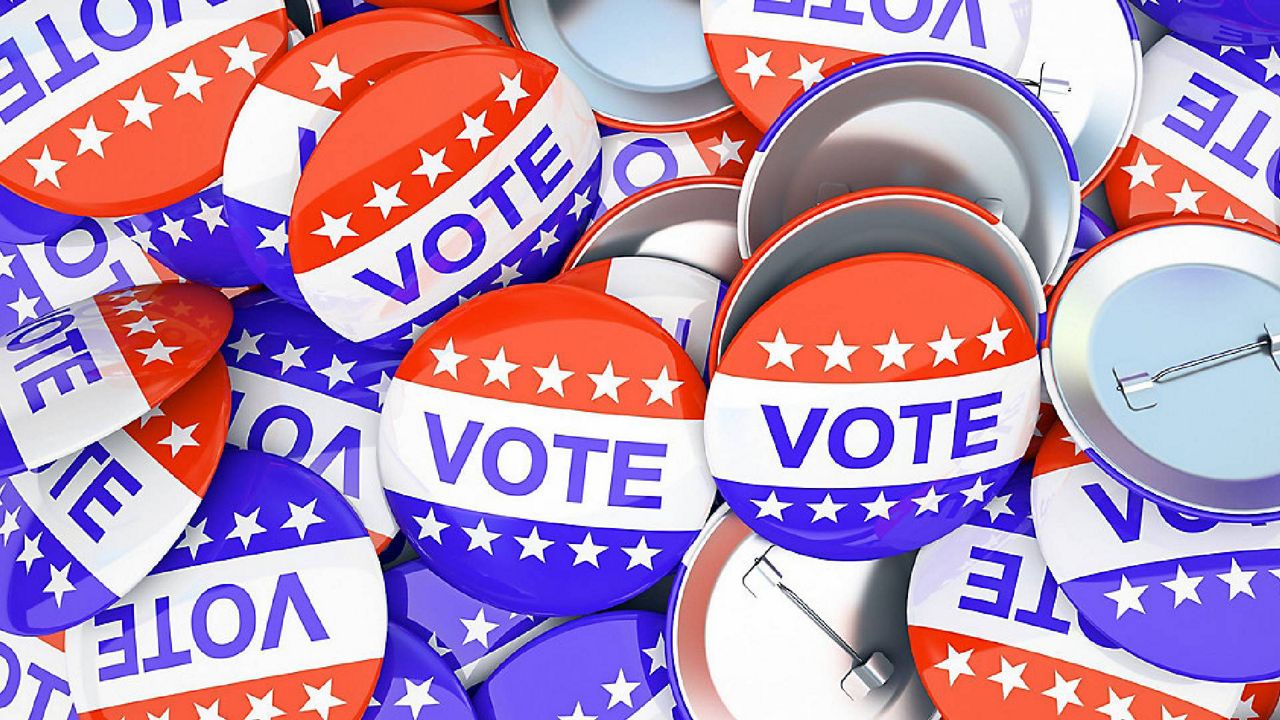Election Day falls on Tuesday, Nov. 5, this year. Like every year, it's the Tuesday following the first Monday in November.
There’s solid reasoning behind why Election Day follows an unusual calendar process. That's partly related to the weather.
While the date itself may not align conveniently to most modern-day schedules, the date wasn’t just picked at random.
When Congress agreed to make one national election day in 1845, they selected the date centering it around the lifestyles of farmers at the time. That included considering when the growing season ended.
Like daylight saving time, much of the decision to select a date for Election Day was geared toward the farmers, since they made up the bulk of the labor population back in the day.
Farmers spent much of the spring, summer and early fall months dedicated to their cultivating crops, leaving them little to no time to head to the polls. However, their schedules opened up again once the harvest was complete.

Choosing an early November date seemed to be the wisest option. Not only was it after the harvest, but it also occurred before winter. This allowed many citizens to get to the polls without worrying about the bitter cold or winter storms.
Carving out time to head to the polls on Tuesday may come as a modern-day inconvenience. But that wasn’t the case back in 1845, when Congress set that day of the week as a nationwide date to vote.
Many 19th century farmers usually spent Sundays as a day of rest and worship. After the harvesting season, they would spend Wednesday through Saturday working in the marketplace.
With that, Mondays and Tuesdays were the only two days farmers were available to vote. Unlike today, polling centers were few and far between, leaving only one or a select few within a day’s travel by foot or animal.
As a result, farmers used Monday for travel, leaving Tuesday the designated Election Day.

Election Day sometimes falls on the first Tuesday of November, but not always is the first Tuesday of the month.
Rather, it falls on the Tuesday following the first Monday of November.
This was to avoid Nov. 1, which many Christians honor as All Saints’ Day. As a result, Election Day typically falls between Nov. 2 and Nov. 8.
Even though many polling facilities stay opened for long hours on Election Day, many people nowadays argue that making it to the polls is a struggle during the workweek.
Unlike the 1800s, though, there are now options to cast early votes. Absentee and early voting are offered by nearly all states.
During the 2020 presidential election, implementation of the mail-in ballot was credited for the uptick in voter turnout. According to census data, approximately 66.8% of eligible Americans voted, making it the highest percentage in the century.
In attempts to increase voter turnout, some political leaders fought for making Election Day a national holiday to accommodate more citizens' schedules. However, Election Day itself remains unchanged.
Our team of meteorologists dives deep into the science of weather and breaks down timely weather data and information. To view more weather and climate stories, check out our weather blogs section.



